As we enter the new year, web designers, web publishers, and website owners are eagerly looking for the latest design trends that will dominate the digital landscape in 2023. It’s crucial to stay ahead of the curve and create visually stunning websites that captivate users and drive conversions. In this article, we will explore six design trends that are set to make a big impact in 2023. From nostalgic aesthetics to mobile-friendly designs, dark mode, minimalism, and overlapping text and images, these trends will shape the web design industry in the coming year.
1. Nostalgia: Embracing the Y2K Aesthetic
Nostalgia is a powerful force, and in 2023, we can expect the Y2K aesthetic to continue its rise in popularity. The early 2000s style has made a comeback in various industries, including fashion, music, and interior design. Now, it’s making its way into web design, evoking a sense of nostalgia for the turn of the century.
Designers are incorporating retrofuturist elements, taking inspiration from Vaporwave, Glitch, and Cybercore aesthetics. These styles combine elements of the past with futuristic elements, creating a unique visual experience that resonates with modern audiences. Expect to see vibrant colors, pixelated graphics, and references to early internet culture in websites across various industries.
2. Mobile-Friendly Designs: Optimizing for On-the-Go Users
With the increasing use of smartphones and tablets, it’s no surprise that mobile-friendly designs will continue to be a top priority in 2023. Websites must be optimized for smaller screens and touch interactions to provide a seamless browsing experience for on-the-go users.
Responsive design will remain a key approach, ensuring that websites adapt to different screen sizes and resolutions. Mobile-first design principles will guide the development process, prioritizing the mobile experience and then scaling up for larger devices. This approach not only improves user experience but also positively impacts search engine rankings, as mobile-friendliness is a crucial factor in Google’s ranking algorithm.
3. Dark Mode: Enhancing Visual Appeal and User Experience
Dark mode has gained significant popularity in recent years, and it’s here to stay in 2023. This design trend offers a sleek and stylish alternative to the traditional light mode, reducing eye strain and improving readability in low-light environments.
Dark backgrounds paired with contrasting text and vibrant accents create a visually striking appearance. It’s important to consider accessibility when implementing dark mode, ensuring that text and interactive elements maintain sufficient contrast for users with visual impairments. Dark mode can be particularly effective for websites that focus on visual content, such as photography portfolios, creative agencies, and entertainment platforms.
4. Minimalism: Stripping Down to the Essentials
In the age of information overload, minimalism continues to be a popular design trend in 2023. Minimalist websites focus on simplicity, using clean lines, ample white space, and limited color palettes to create a clutter-free user experience. By stripping away unnecessary elements, designers can direct users’ attention to the most important content and calls to action.
Minimalist designs often feature bold typography, large-scale imagery, and intuitive navigation. The emphasis is on functionality and user-centric design, ensuring that visitors can easily navigate and find the information they need. Minimalism also aligns with the growing trend of sustainability and eco-consciousness, as it promotes a more efficient use of resources and reduces digital clutter.
5. Overlapping Text and Images: Creating Depth and Visual Interest
To add depth and visual interest to websites, overlapping text and images will be a prominent design trend in 2023. This technique involves layering elements on top of each other, creating a sense of depth and dimensionality. Overlapping can be used to highlight key messages, create visual hierarchy, or add a playful touch to the overall design.
When implementing this trend, it’s important to ensure that the overlapping elements remain legible and don’t hinder readability. Strategic use of transparency, color contrast, and proper spacing can help maintain clarity and readability. Overlapping text and images can be particularly effective in storytelling, showcasing product features, or creating visually engaging landing pages.
6. Mixed Media: Combining Different Visual Elements
In 2023, expect to see an increase in websites that incorporate mixed media, combining different visual elements to create unique and immersive experiences. This trend allows designers to break free from traditional constraints and experiment with combinations of images, videos, illustrations, animations, and typography.
Mixed media designs can be used to convey brand personality, evoke emotions, or guide users through a narrative journey. By blending different visual elements seamlessly, websites can create memorable and engaging experiences that leave a lasting impact on visitors. However, it’s important to strike a balance and ensure that the mixed media elements work harmoniously together, enhancing the overall user experience rather than overwhelming or distracting users.
As We Look ahead to 2023
Web designers have an exciting opportunity to embrace these design trends and create visually stunning websites that captivate users. From nostalgic aesthetics to mobile-friendly designs, dark mode, minimalism, overlapping text and images, and mixed media, these trends offer endless possibilities for creativity and innovation. By staying ahead of the curve and incorporating these trends into their designs, web designers can create memorable and impactful experiences for their clients and users alike. So, get ready to push the boundaries of web design in 2023 and make a lasting impression in the digital landscape.

